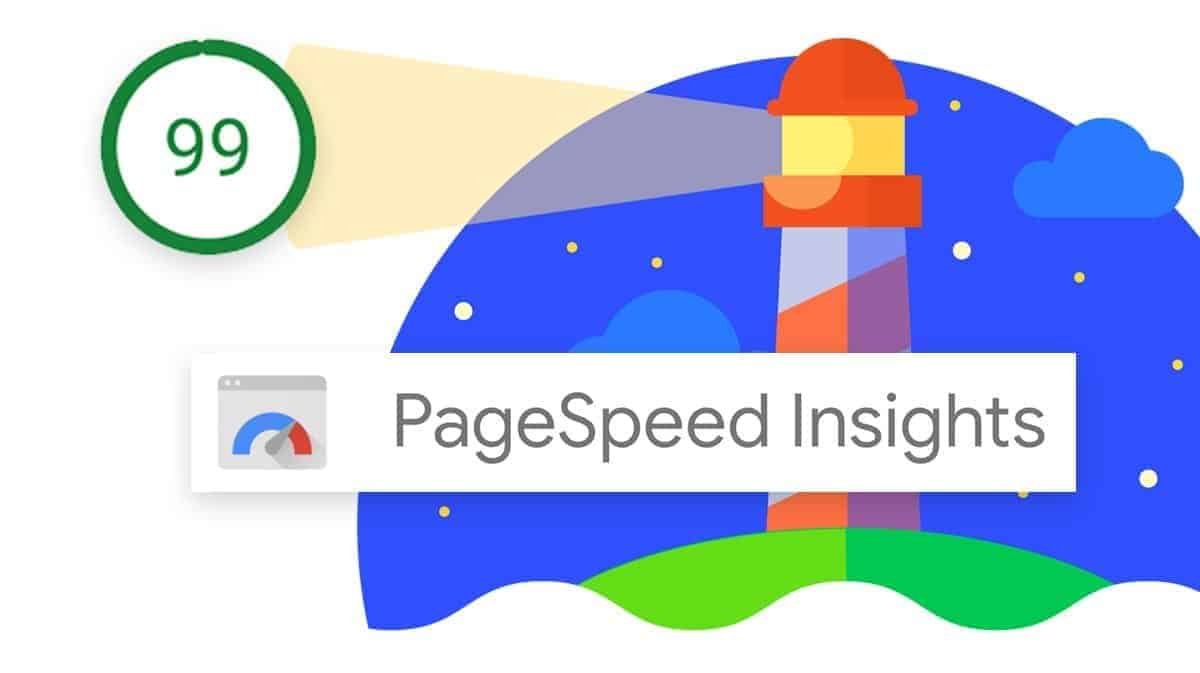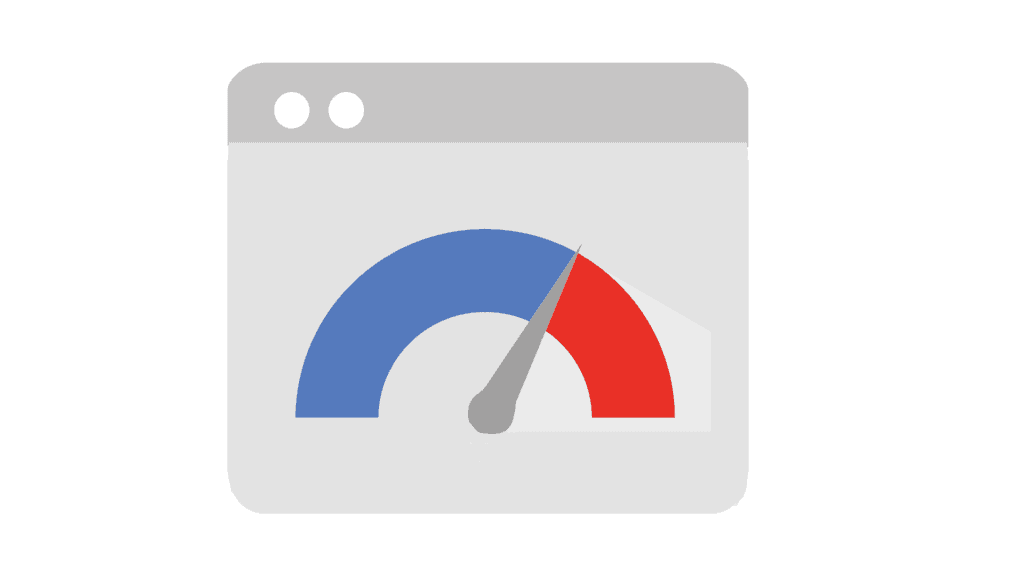What’s up man! So you see…In today’s fast-paced digital world, your website’s speed is not just a nicety; it’s a necessity. If your site is loading slower than a dial-up modem, you’re likely losing visitors and potential customers. Google has made it clear that page experience is a crucial ranking factor, meaning a slow website can bury your site in search results.
Back in June 2021, Google rolled out a page experience update that changed the game. This update considers how users interact with a page and how well it meets their expectations. The key elements Google focuses on are:
- Loading time: How quickly does your content appear?
- Interactivity: How long before users can engage with your page?
- Visual stability: Does the page stay put, or does it jump around while loading?
These factors aren’t just for a better user experience; they’re critical for SEO. Google is watching, and a poor showing in these areas can sink your search ranking.
PageSpeed Insights: Your Secret Weapon to Website Optimization
So, how do you know if your website is up to snuff? Enter Google’s PageSpeed Insights, a powerful tool that lets you peek under the hood and see how your site performs on both desktop and mobile. This tool is your best friend when it comes to making your website faster. You can access it directly or through Google Search Console.
Unlock the Secrets of PageSpeed Insights: A Deep Dive
When you run a PageSpeed Insights test, you’re bombarded with a lot of data, which can be overwhelming. Let’s break down what all of that information means and how to use it to your advantage.
Mobile vs. Desktop: Why Mobile Should Be Your Top Priority
You’ll see scores for both mobile and desktop versions of your site. While your desktop site might perform better, Google prioritizes mobile. Why? Because most people use their mobile phones to browse the internet these days. Google has shifted to a mobile-first index, meaning your mobile site’s performance is more critical than ever.
Decoding Your Score: What Does It All Mean?
Your score is out of 100, and anything below a good score is a failing grade. This score is determined by lab data, which is collected in a controlled environment and will show you how your specific page is performing.

Field Data, Origin Summary, and Lab Data: The Confusing Trio
The report also shows field data, origin summary, and lab data.
- Field Data This is a historical report about a URL’s performance over time. If you have a smaller website, this may not contain any data.
- Origin Summary This gives you an overview of all the pages on your site, not just the specific one you’re analyzing. Many people make the mistake of thinking this is the score for their page, but this is not the case.
- Lab Data This is the most important data and shows you how a specific page is performing, with detailed information on core web vitals.
Key Takeaway: Pay closest attention to the Lab Data section to understand your page’s performance.
The Flowchart of Doom: How Google Sees Your Website
Below the lab data, you’ll see a flowchart illustrating how your site loads. This shows you how Google’s crawler sees your site in real-time. A good chart will show the page loading quickly. If there are empty spaces or a long pause, it indicates a problem. The goal is to get to the content as quickly as possible.
Opportunities and Diagnostics: The Treasure Map to Optimization
Next you’ll see the opportunities section that gives suggestions on how to help your page load faster and diagnostics which looks at how to improve performance.
- Opportunities These are the areas where you can make quick improvements to load your page faster.
- Diagnostics This section gives you a deeper look at how to improve your website’s performance. This data might be more technical, but it is essential.
Common Issues and How to Fix Them: A Real-World Example
Let’s take a look at a real case: a blog page with a terrible score. The issues found were things like:
- First contentful paint taking 3.7 seconds
- Time to interact at nearly a minute
- Largest contentful paint at 56 seconds
- Cumulative layout shift at 0.378 These numbers show a lot of room for improvement.
Don’t panic if you see numbers like these! It’s important to check your site in real time on a mobile device because Google’s tools are very strict and can overstate issues.
Your Optimization Toolkit: Weapons to Combat Sluggishness
PageSpeed Insights will give you specific recommendations for fixes. Some of these include:
- Reduce unused JavaScript: Trim the fat and get rid of code that isn’t needed.
- Enable text compression: Make your text files smaller to reduce load times.
- Remove render-blocking resources: Make sure that no resource prevents the page from displaying.
- Optimize your images: Use next-gen formats like WebP and compress images without losing quality. The tool ‘ImageOptim’ is a good way to do that.
- Minify JavaScript: Make the Javascript code as small as possible.
- Ensure text remains visible during webfont load: Use “font-display” to address that. This is currently only supported in Chrome.
- Remove third-party code: Carefully remove unnecessary third party code, but make sure not to remove anything essential.
- Explicitly define height and width for your images: This helps crawlers work faster.
- Optimize server response time: If you have access to the server, making improvements here can help a lot.
WordPress Users: Plugins to the Rescue
If you’re using WordPress, there are plugins that can help you with many of these issues.
- WP Rocket
- W3 Total Cache
Remember to set up plugins correctly, or you may break your site. Test as you go to avoid any problems.

Don’t Have a Background in Coding? No Problem!
If you’re not a coder, you can still improve your site’s performance.
- Use the ‘learn more’ link on the Google PageSpeed Insights report to learn how to fix specific issues.
- Look up your specific issues online and search for others that have experienced them. There are solutions to nearly all the common issues people have, and you can find those solutions via a simple Google Search.
- Find someone that understands web servers and can help you.
Page Experience in Google Search Console: The Big Picture
You can also monitor your site’s performance in Google Search Console. The Page Experience report shows you:
- The number of good URLs
- Impressions
- Core web vitals
- Mobile usability
- HTTPS and security status You can view the status of pages that are performing well, need improvement, or are having issues.
The Amp Advantage: Speeding Up Mobile Pages
If you use AMP (Accelerated Mobile Pages), you might see a different score because it is specifically built for speed. It strips out a lot of animations and unnecessary code, making your mobile pages lightning-fast.

Conclusion
PageSpeed Insights is not just another tool; it’s a critical resource for anyone who cares about their website’s success. Use it to understand how Google sees your site, and then take action based on the insights it provides. By paying attention to your site’s loading speed, interactivity, and visual stability, you’ll not only improve the user experience but also boost your SEO. A faster site means more visitors, happier customers, and better search rankings. Stop leaving money on the table and start optimizing your website today!
FAQs
Why is Google so obsessed with page speed? Google wants users to have the best possible experience. A fast website makes for a happy user, and Google prioritizes sites that deliver a good experience. Faster websites rank higher. Google uses metrics such as load times, interactivity and visual stability.
I’m not a techie; can I still use PageSpeed Insights? Absolutely! While some of the diagnostics might seem technical, the tool breaks down specific areas where you can make improvements. You can look for the ‘learn more’ links on the report to find out more about specific issues. If you’re not comfortable with more technical issues, you can search online for solutions to your specific issues. If you need, consider hiring someone who has web development experience.
How often should I check my PageSpeed Insights score? It’s a good idea to check your PageSpeed Insights score regularly, especially after making changes to your website. At a minimum, aim to run tests at least once a month to ensure that your site is performing well. Keep an eye on the data in Google Search Console to look for issues.

